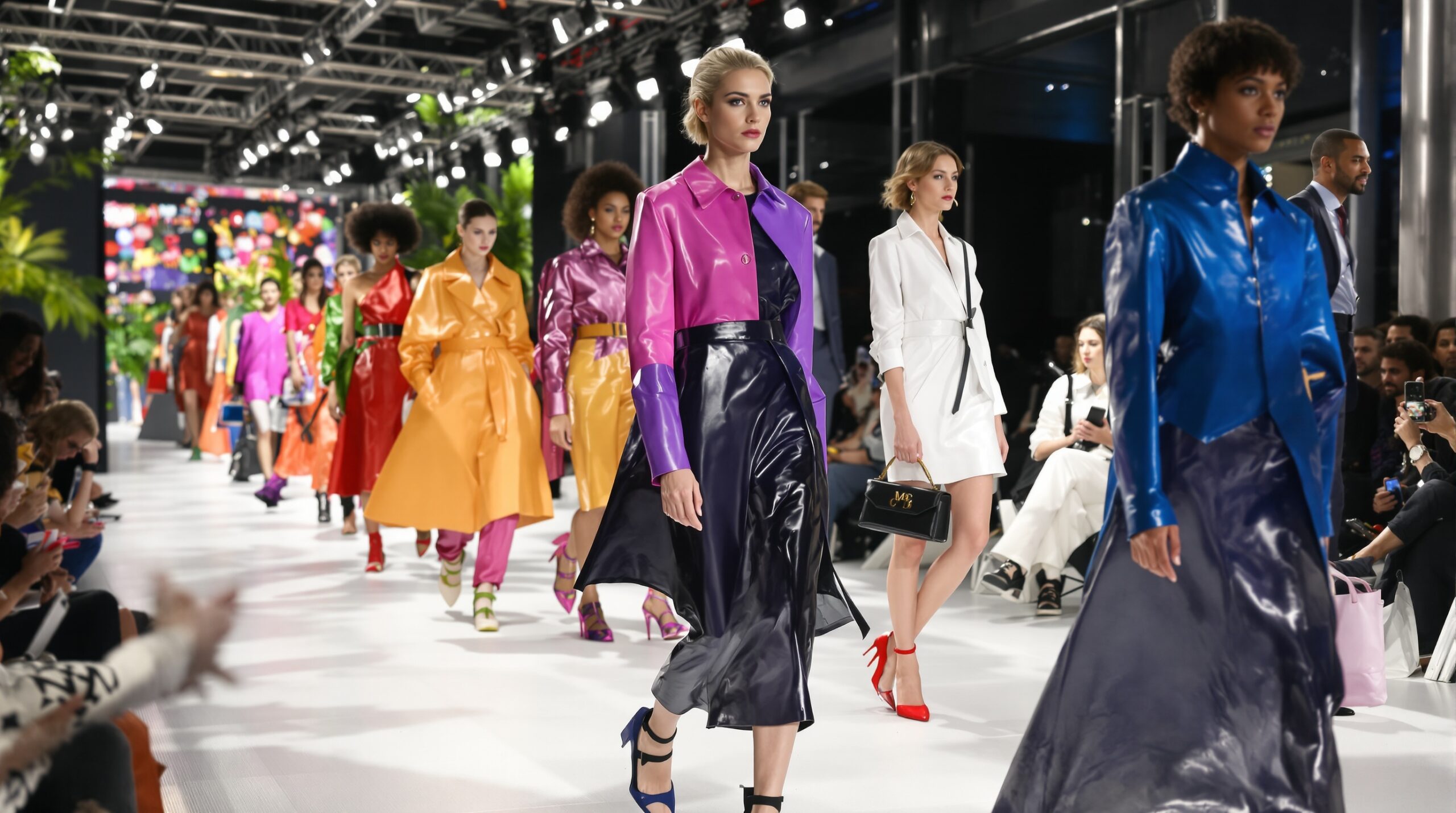Lab-grown leather is rapidly transforming the global fashion industry. This innovative material offers a sustainable and ethical alternative to traditional animal-derived leather. Fashion brands and consumers alike show increased interest in products that protect animal welfare and reduce environmental impact. Organized efforts among scientists, startups, and designers drive advancements in lab-grown leather technology. As a result, this groundbreaking material is making waves in mainstream fashion markets worldwide.
What Is Lab-Grown Leather?
Lab-grown leather refers to leather produced using cell culture techniques instead of animal hides. Scientists cultivate real animal cells in controlled laboratory conditions, allowing cells to grow into sheets of genuine leather. Companies may also use plant-based or fungal materials processed to mimic leather properties. Compared to traditional leather, lab-grown alternatives minimize resource use and eliminate the need for animal farming and slaughter.
The science relies on biotechnology and tissue engineering. Researchers select specific animal cells, usually stem cells or fibroblasts, and provide nutrients and growth factors. Over days or weeks, these cells multiply and form a collagen-rich structure similar to animal skin. After harvesting and tanning the cultured material, the resulting product matches natural leather’s texture, strength, and appearance.
Leaders in Lab-Grown Leather Technology
Multiple pioneering companies now lead the charge in lab-grown leather development. Notable startups like Modern Meadow, VitroLabs, and MycoWorks have achieved remarkable milestones. Modern Meadow, based in the United States, cultivates leather using biofabrication and fermentation methods. Their flagship material, Zoa, is already incorporated into fashion accessories and apparel.
Meanwhile, MycoWorks employs mycelium—the root structure of mushrooms—to engineer leather-like materials. Their flagship product, Reishi, demonstrates high durability and has gained the attention of luxury brands. VitroLabs focuses on growing animal-derived leather through tissue engineering. Backed by strategic investors from the fashion sector, these companies rapidly scale their production capabilities, bringing lab-grown leather to mainstream markets.
The Shift Toward Sustainability in Fashion
The traditional leather industry poses significant challenges to the environment and animal welfare. Raising livestock for leather production contributes to greenhouse gas emissions, land degradation, and excessive water use. Moreover, leather tanning often involves toxic chemicals that pollute soil and waterways. Lab-grown leather offers a revolutionary solution by significantly reducing these negative impacts.
Fashion brands now face mounting pressure to improve sustainability across their supply chains. Consumers demand ethical sourcing, while regulatory bodies implement stricter environmental guidelines. Lab-grown leather provides a way for brands to meet these evolving expectations. Its use can enhance a brand’s reputation while still delivering high-quality, stylish products.
Major Brands Embrace Lab-Grown Leather
Interest in lab-grown leather has surged among luxury and mainstream fashion houses alike. Brands such as Stella McCartney, Hermès, and Adidas have already introduced products that incorporate lab-grown or sustainable leather materials. Stella McCartney, a pioneer in ethical fashion, collaborated with Bolt Threads to create Mylo—a mycelium-based alternative used in handbags and accessories.
Hermès has partnered with MycoWorks to launch a limited-edition version of its iconic Victoria bag, crafted from Reishi mycelium leather. Adidas has experimented with plant-based and lab-grown alternatives for its popular footwear lines. These high-profile investments signal growing confidence in lab-grown leather’s durability and appeal. As more key players adopt these new materials, widespread acceptance follows quickly.
Benefits and Unique Features of Lab-Grown Leather
Lab-grown leather offers several advantages over both traditional and synthetic leathers. First, it significantly reduces carbon emissions and water consumption, making it far more sustainable. Second, lab-grown materials avoid the harmful chemicals associated with traditional tanning processes, which benefits both workers and communities. Third, the technology allows for precise customization of thickness, texture, and durability for each end-use.
In addition to environmental gains, lab-grown leather can be produced consistently in quality and supply. By controlling the production environment, manufacturers can avoid imperfections typical in animal hides. This quality control allows fashion houses to design flawless products with less material waste. Customization capabilities also open new creative opportunities for designers seeking innovative textures and finishes.
Challenges Facing Lab-Grown Leather Adoption
Despite its promise, lab-grown leather faces several hurdles before achieving mass-market dominance. Scaling up production remains a complex and costly process. The technology requires significant investments in bioreactor infrastructure and highly specialized expertise. While prices are dropping, lab-grown leather still carries a premium compared to conventional options.
Regulatory approval and consumer education are also crucial factors influencing market growth. High-end consumers may value sustainability and quality, but mainstream buyers often prioritize affordability. Fashion brands must balance these competing demands by gradually introducing lab-grown products alongside traditional lines. Continued investments and partnerships will likely help drive cost reductions and increase mainstream accessibility.
The Road Ahead for Lab-Grown Leather
The trajectory for lab-grown leather appears highly promising. With global attention focused on environmental responsibility, demand for sustainable fashion materials shows no signs of slowing. New advances in biotechnology are already reducing production times and costs, making large-scale manufacturing feasible.
Fashion brands increasingly collaborate with scientific teams to develop exclusive lab-grown leather products. As consumer familiarity grows, the perception of lab-grown materials shifts from niche novelty to preferred choice. Governments and advocacy groups also support innovation through funding and regulatory incentives, accelerating industry adoption.
Conclusion: Mainstream Adoption Drives Fashion Innovation
Lab-grown leather’s rise signals a new era in fashion. This transformative material combines craftsmanship, science, and ethics for a sustainable future. Early adopters gain both competitive advantage and enhanced brand loyalty by offering stylish, animal-free alternatives. As lab-grown leather production scales and costs continue to decline, accessibility will expand far beyond the luxury market. Consumers, brands, and the environment all stand to benefit from this revolutionary shift.

